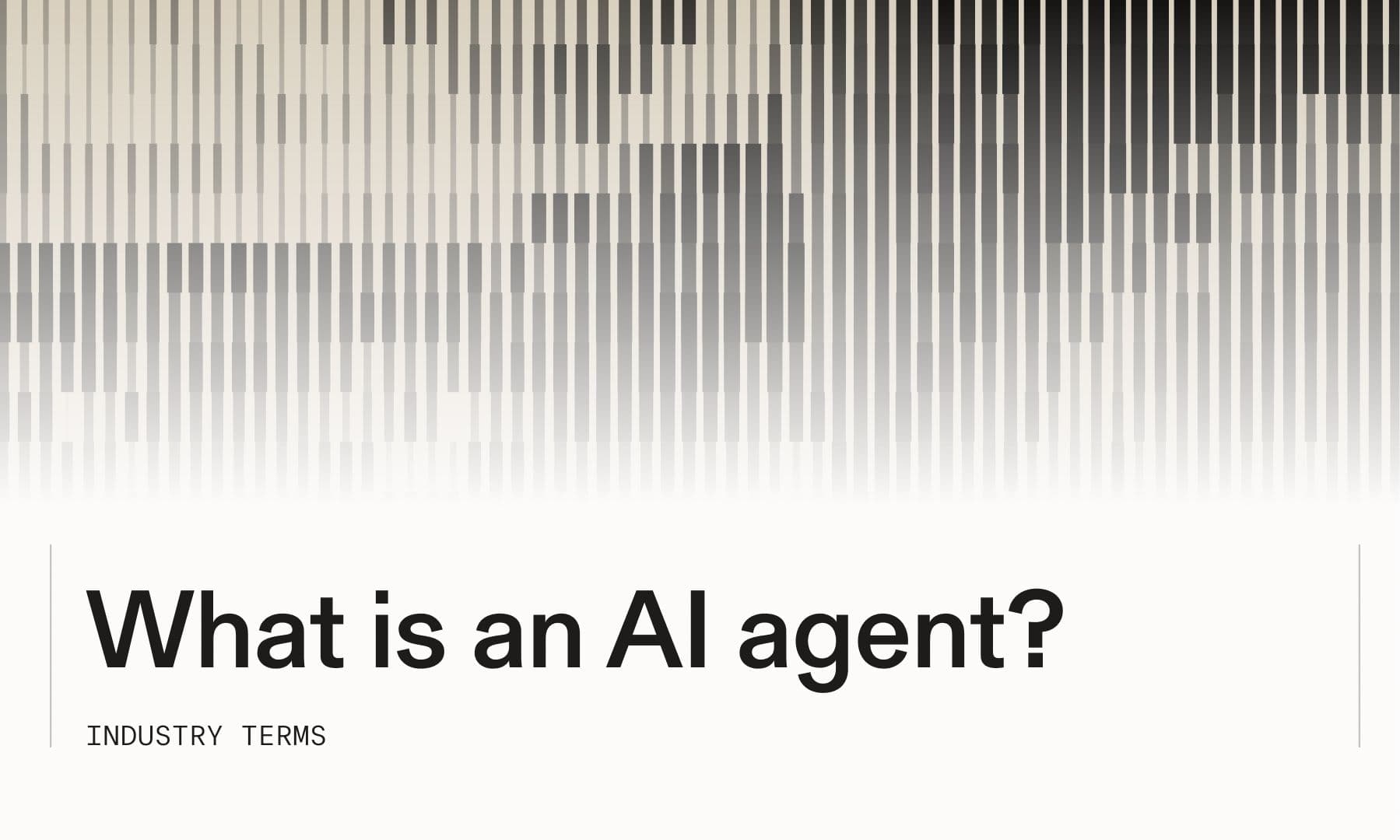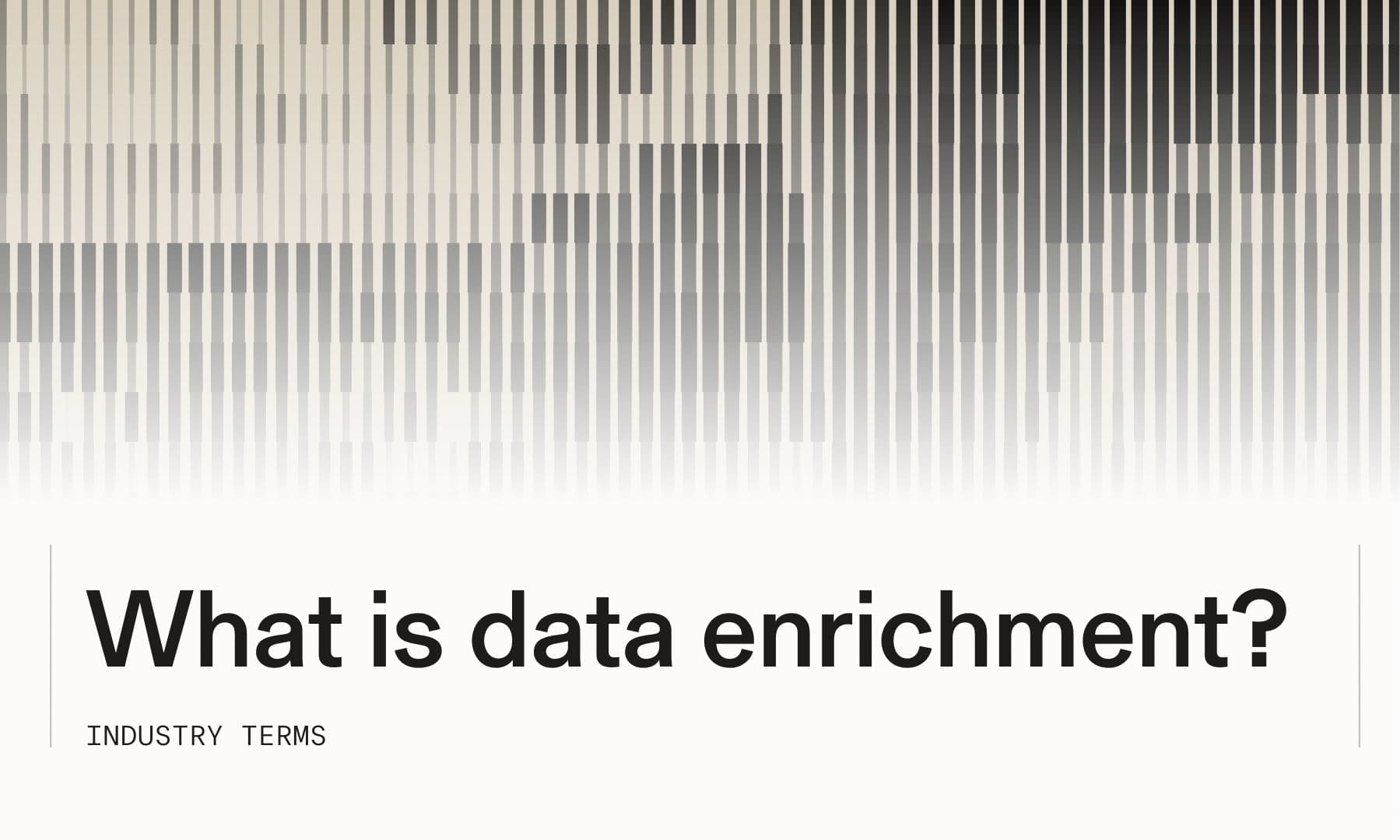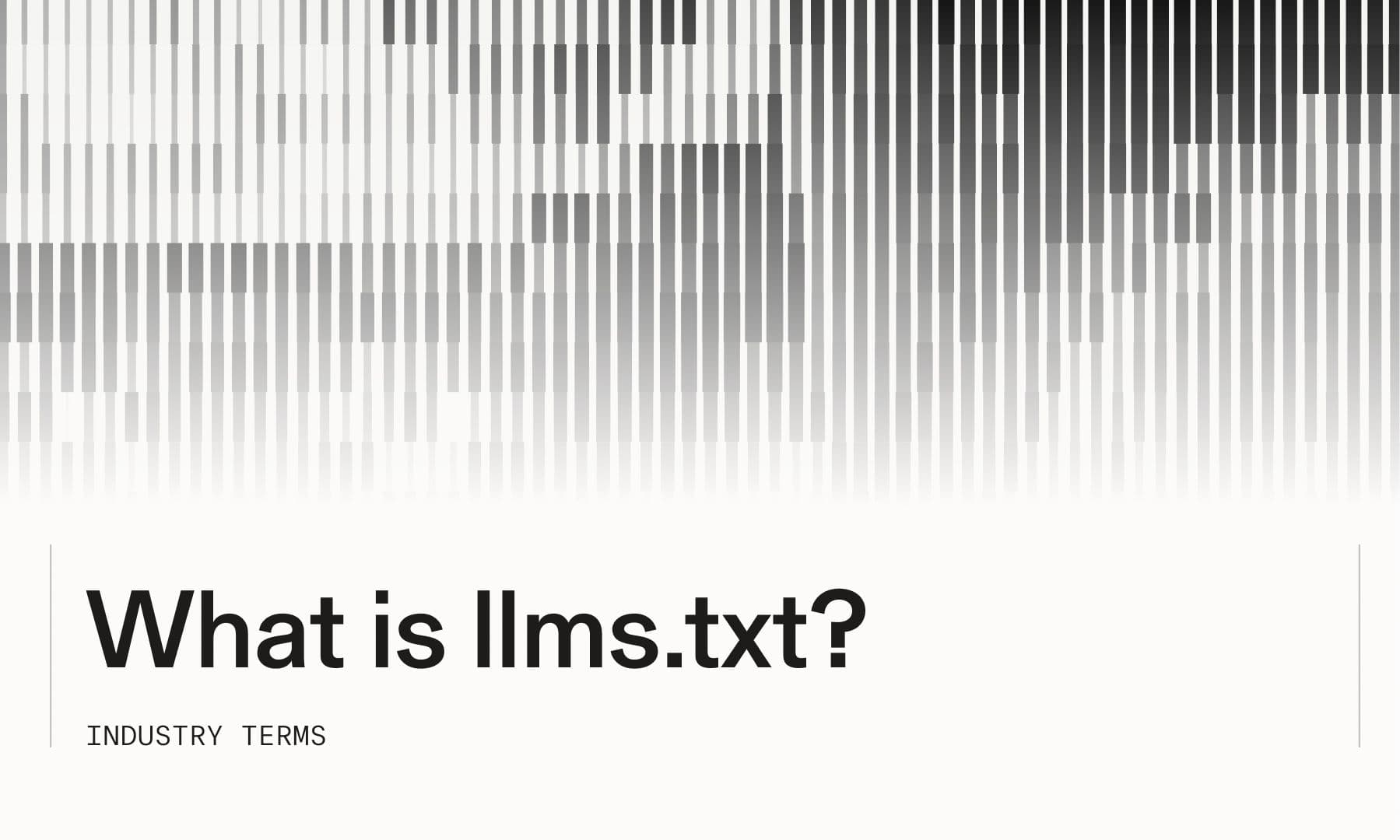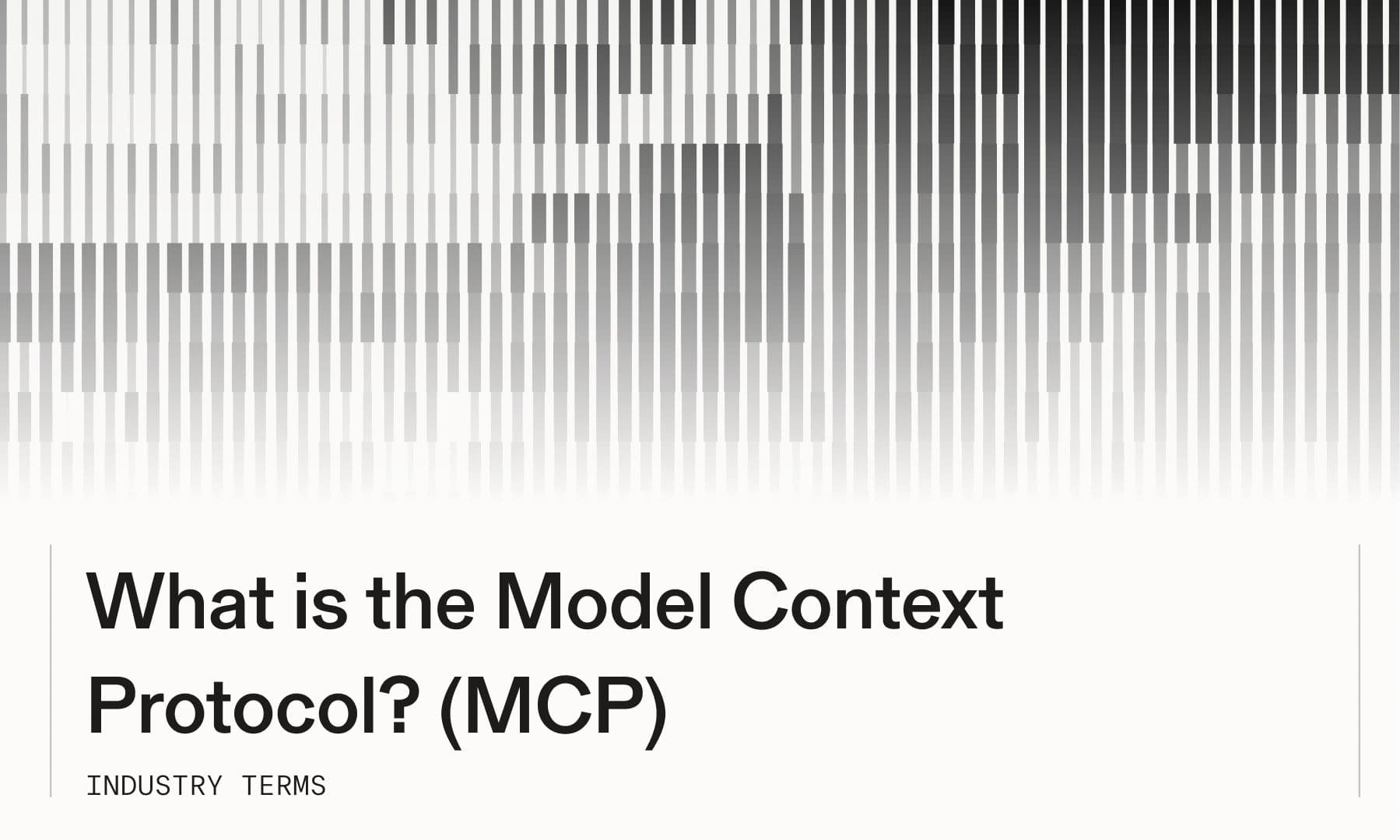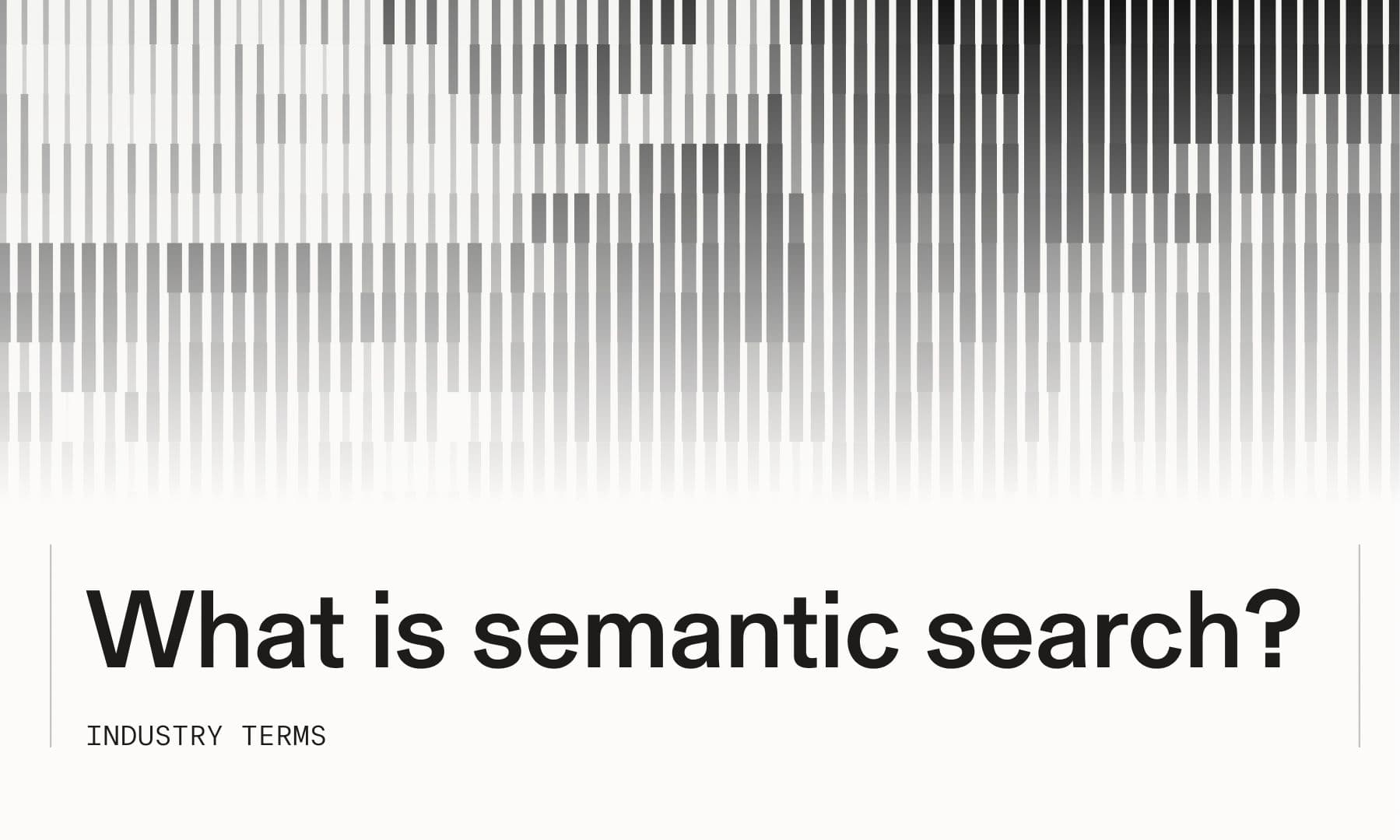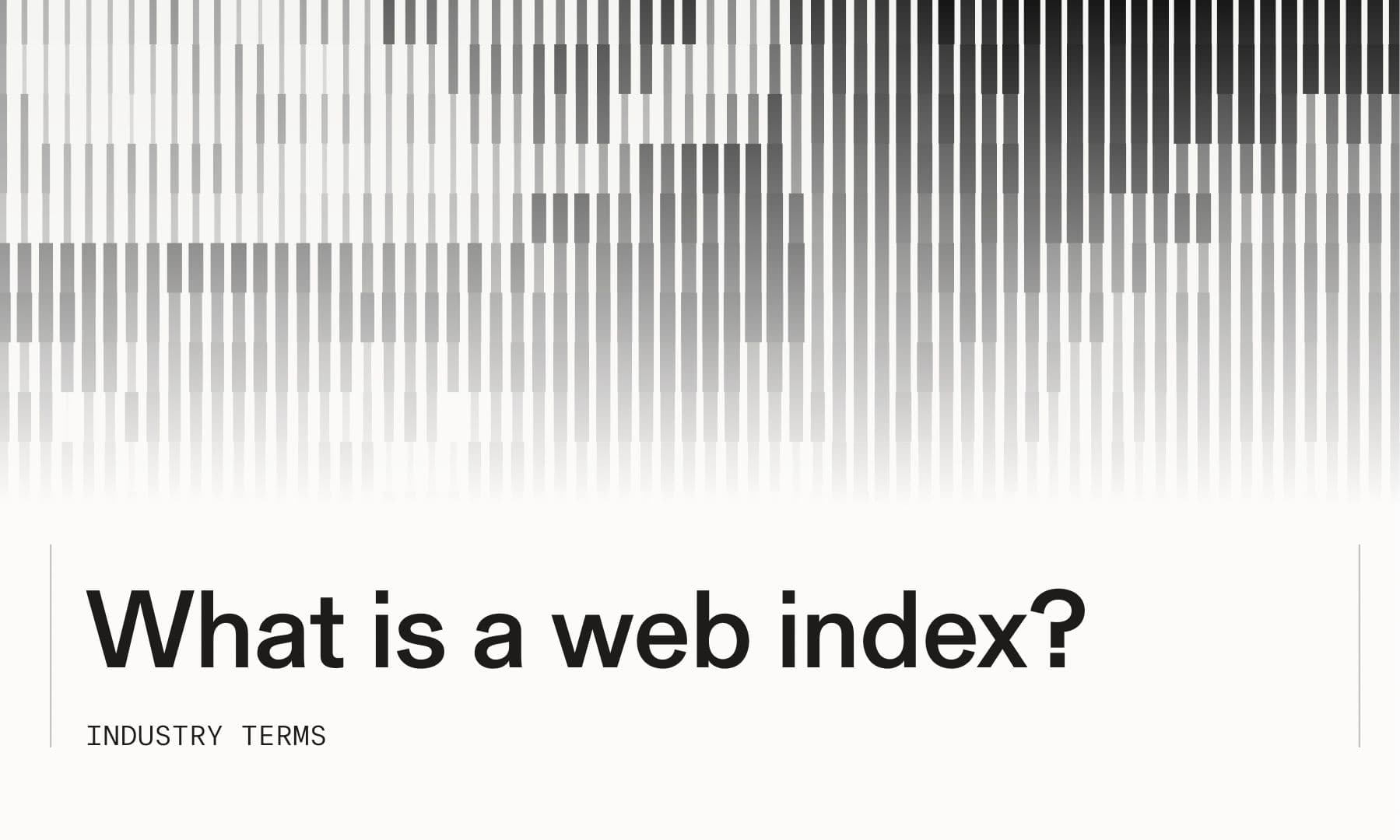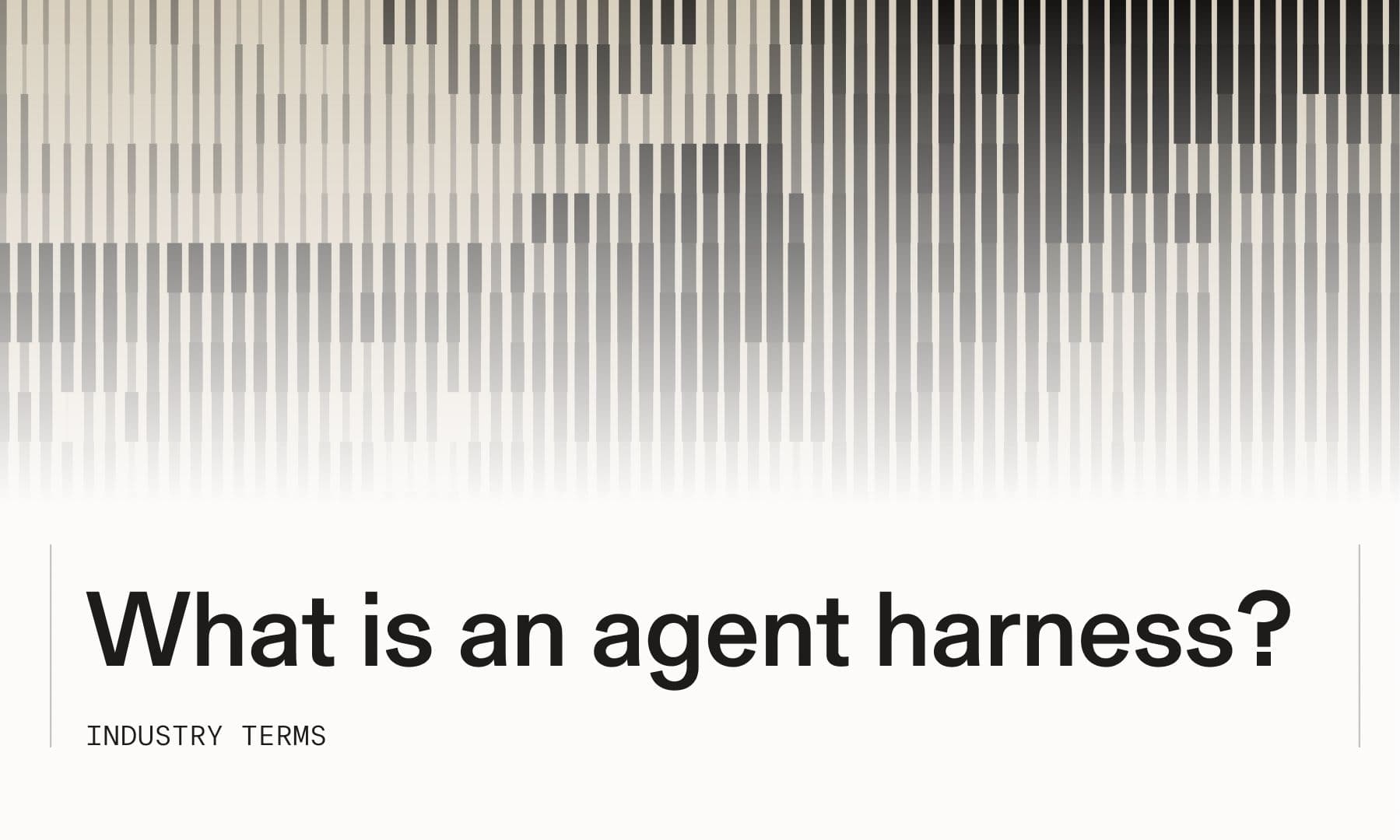
# What is deep research?
AI deep research is an autonomous system that investigates complex questions by synthesizing information across multiple web sources, then producing comprehensive reports with verifiable citations. Unlike chatbots that respond instantly, these systems take minutes to hours—breaking down your question, exploring the web methodically, and reasoning across sources before delivering documented findings.

The shift from instant answers to thorough investigation marks a fundamental change in how AI agents access knowledge. This article examines how deep research works, compares leading platforms, and explores what this capability means for building production AI systems that operate on current, verifiable information.
## **What is AI deep research**
AI deep research is an autonomous tool that synthesizes information from multiple online sources to generate comprehensive, cited reports. Unlike chatbots that give you instant responses, deep research systems use multi-step reasoning—they break down complex questions, explore the web methodically, and take minutes to hours to produce analysis with transparent source attribution.
Here's the key difference from regular search. When you use Google, you get a list of links to click through and evaluate yourself. Deep research AI acts as an agent— it follows those links for you, extracts relevant information, cross-references sources, identifies patterns, and synthesizes findings into a coherent report. You ask a complex question and receive a documented answer, not just a starting point.
This capability emerged because large language models (LLMs) excel at reasoning over text but can't browse the web independently or verify claims against current sources. Deep research bridges this gap by combining LLM reasoning with autonomous web access.
## **Why deep research matters for agents in 2025**
Complex business questions don't have simple answers waiting in a knowledge base. They require synthesis across domains, time periods, and perspectives.
Consider competitive analysis. Understanding a competitor's positioning means examining their website, customer reviews, pricing pages, recent news coverage, job postings, and industry analyst reports. A human might spend hours gathering this information. Traditional APIs return fragmented data that you then stitch together with custom code. Deep research AI handles the entire investigation autonomously.
Enterprise applications demand verifiable outputs. When an AI agent recommends a strategic decision or generates a market analysis, stakeholders need to trace every claim back to its source. Deep research systems provide this transparency by default—every insight includes citations, every synthesis references its evidence base.
## **Deep research workflow: plan, search, reason, report**
Deep research AI operates through four stages that mirror how expert researchers approach complex questions.
### **1. Plan objectives**
The AI analyzes your research prompt and breaks down the task into investigable components. If you ask "What marketing strategies work best for B2B SaaS companies in healthcare?", the system identifies sub-questions: What defines success in this context? Which companies exemplify effective approaches? What channels and tactics appear most frequently?
Some systems ask clarifying questions before proceeding. This interactive planning phase ensures the research addresses your actual needs rather than making assumptions about scope or focus areas.
### **2. Search the web**
The AI conducts autonomous web searches based on its research plan. It doesn't just query once—it follows information trails, explores related topics, and adapts its search strategy as it learns more. This might involve dozens of queries across different angles and sources.
Most systems search the public web, while some can also process uploaded documents or connect to private data sources with appropriate permissions. The key distinction from manual research: the AI evaluates source relevance as it goes, filtering signal from noise at scale.
### **3. Reason across sources**
Raw information becomes insight through synthesis. The AI identifies patterns across sources, reconciles conflicting claims, highlights knowledge gaps, and builds a coherent picture of the topic.
Cross-referencing happens continuously. When multiple sources agree on a claim, confidence increases. When sources conflict, the AI notes the discrepancy and may investigate further to resolve it. This multi-source validation reduces the risk of hallucination—the system grounds its reasoning in actual evidence rather than generating plausible-sounding but false information.
### **4. Report with citations**
The final output combines direct answers, synthesized insights, and transparent attribution. Each claim traces back to specific sources, allowing you to verify findings or explore topics further.
The citation layer serves multiple purposes. It enables fact-checking, provides jumping-off points for deeper investigation, and builds trust by showing the research foundation.
## **Deep research AI providers compared: OpenAI, Gemini, Parallel**
Three platforms currently lead the deep research space, each with distinct approaches.
### **OpenAI deep research**
OpenAI's implementation integrates directly into ChatGPT. The system uses chain-of-thought reasoning—generating intermediate "thinking tokens" that improve logical accuracy and allow you to follow the research process. Research tasks can take considerable time, with the AI providing progress updates as it investigates.
The conversational interface makes deep research feel like working with a research assistant. You can refine the scope mid-investigation, ask follow-up questions, and iterate on findings without starting over.
### **Gemini deep research**
Google's approach emphasizes structured planning and comprehensive source coverage. Gemini breaks research tasks into explicit phases—planning, searching, reasoning, and reporting—with clear transitions between stages.
Integration with Google's search infrastructure gives Gemini broad source access and strong performance on current events or trending topics.
### **Parallel Deep Research API**
Parallel takes a fundamentally different approach by building web research infrastructure specifically for AI agents. Instead of a consumer-facing interface, Parallel provides enterprise-grade APIs that developers integrate directly into AI frameworks, applications, and workflows. The system returns structured JSON with verifiable citations, making it straightforward to incorporate research into scalable and repeatable systems.
## **Key use cases: competitive analysis, due diligence, long-horizon reasoning**
Deep research AI excels at specific types of investigation where manual research becomes prohibitively time-consuming.
### **Competitive analysis**
Understanding competitor positioning means examining their entire market presence. Deep research AI can analyze competitor websites, customer reviews on multiple platforms, pricing structures, feature comparisons, news coverage, and hiring patterns—then synthesize these signals into a coherent competitive assessment.
If a competitor recently hired a VP of Enterprise Sales, that signals market expansion. If customer reviews consistently mention integration challenges, that's a product weakness. Deep research connects these dots automatically.
### **Technical due diligence**
Investment decisions, partnership evaluations, and vendor assessments all require thorough investigation across multiple dimensions. You're not just asking "What does this company do?" but "How mature is their technology? What do customers actually think? How does their approach compare to alternatives?"
Deep research AI can investigate a company's technical blog posts, patent filings, open-source contributions, conference presentations, and third-party analyses— then assess technical sophistication and identify potential concerns.
### **Historical trend synthesis**
Some questions require connecting information across time periods. "How has enterprise AI adoption changed over the past three years?" demands gathering data points from different periods, normalizing for changing terminology, and identifying genuine trends versus hype cycles.
Deep research AI can gather historical data, understand its contemporary context, and trace evolution over time— producing insights that pure recency-based search can't deliver.
## **Accuracy, cost, and runtime benchmarks**
Performance characteristics vary significantly across deep research implementations.
Runtime typically ranges from minutes to hours for consumer-facing tools, depending on question complexity and required depth. API-first solutions like Parallel deliver results in seconds to minutes. Longer runtimes don't automatically mean better results— they often reflect inefficient search strategies or unnecessary thoroughness.
Accuracy depends heavily on the underlying search[search]($https://parallel.ai/products/search) infrastructure and reasoning capabilities. Systems that rely on general-purpose search APIs often miss relevant sources or misinterpret specialized content. Purpose-built solutions with custom crawlers and domain-aware extraction tend to outperform general-purpose alternatives, especially for technical or niche topics.
## **Limitations and risk mitigation strategies**
Deep research AI introduces new operational challenges that don't exist with traditional search APIs.
### **Token budget spikes**
Research tasks consume unpredictable amounts of compute. A simple question might resolve quickly with minimal token usage. A complex investigation could process hundreds of pages, generating massive token bills.
Mitigation strategies include setting explicit token budgets per research task, implementing usage monitoring and alerting, and choosing providers with predictable pricing models.
### **Long-running timeouts**
Extended processing times create user experience challenges. If a research task takes 30 minutes, how do you keep users engaged? What happens if they close their browser?
Production implementations typically use asynchronous patterns—accepting research requests, returning a task ID, and allowing clients to poll for results or receive webhooks when research completes.
### **Source reliability gaps**
Not all web sources deserve equal trust. Deep research AI can synthesize information from low-quality sources, outdated content, or deliberately misleading material. While citation transparency helps, it doesn't eliminate the fundamental challenge: the web contains false information presented as fact.
Robust implementations combine AI research with source quality filters, fact-checking workflows, and human review for high-stakes decisions.
## **Enterprise requirements: security, compliance, SOC-II**
Production deployment in enterprise environments demands capabilities beyond research accuracy.
Data handling policies matter critically. When research involves proprietary information—internal documents, confidential market data, strategic plans—you need guarantees about how that data is processed, stored, and protected. Consumer-facing tools typically train on user inputs, making them unsuitable for sensitive research. Enterprise platforms offer data isolation, processing guarantees, and contractual protections.
Compliance certifications provide independent verification of security practices. SOC-II Type 2 certification demonstrates that a provider maintains appropriate controls over data security, availability, and confidentiality—and that these controls have been audited over time.
## **Integrating deep research AI APIs into your stack**
Implementation patterns vary based on whether you're building interactive applications or automated workflows.
****
**Deep Research API request example**
A basic Parallel Deep Research API call looks like this:
123456789101112from parallel import Parallel
client = Parallel(api_key="PARALLEL_API_KEY")
task_run = client.task_run.create(
input="Create a comprehensive market research report on the HVAC industry in the USA including an analysis of recent M&A activity and other relevant details.",
processor="ultra"
)
print(f"Run ID: {task_run.run_id}")
run_result = client.task_run.result(task_run.run_id, api_timeout=3600)
print(run_result.output)``` from parallel import Parallel client = Parallel(api_key="PARALLEL_API_KEY") task_run = client.task_run.create( input="Create a comprehensive market research report on the HVAC industry in the USA including an analysis of recent M&A activity and other relevant details.", processor="ultra")print(f"Run ID: {task_run.run_id}") run_result = client.task_run.result(task_run.run_id, api_timeout=3600)print(run_result.output)``` ## **Build evidence-based agents with Parallel**
Deep Research[Deep Research]($https://docs.parallel.ai/task-api/task-deep-research) represents a fundamental shift in how AI systems access and reason over web information. The capability to autonomously investigate complex questions, synthesize findings across sources, and produce verifiable outputs unlocks entirely new categories of AI applications.
Parallel's Search API[Parallel's Search API]($https://parallel.ai/products/search) provides the foundation for building research-capable agents. Our platform delivers the accuracy, reliability, and operational predictability that production systems demand—with transparent costs, enterprise-grade security, and consistent performance across diverse research tasks.
Start building[Start building]($https://platform.parallel.ai/home) evidence-based agents today.
## **FAQs about AI deep research**
### **How long does deep research AI typically take to complete tasks?**
Deep research AI can take anywhere from seconds to hours depending on task complexity, required depth, and the platform you're using. API-first solutions like Parallel return results in 2-60 seconds, while consumer-facing tools like ChatGPT Deep Research might take 10-30 minutes for thorough investigations.
### **Can you adjust the depth or breadth of AI deep research queries?**
Most platforms let you specify research scope through parameters or natural language instructions. You might set limits on the number of sources to consult, define time ranges for information currency, or indicate whether you want comprehensive coverage or quick answers.
### **Is deep research available without using ChatGPT or Gemini?**
Yes, several providers offer deep research capabilities through APIs that you can integrate directly into your applications. Parallel's Search API provides enterprise-grade web research optimized specifically for AI agents, with structured outputs and verifiable citations.
### **How do you get access to OpenAI deep research features?**
OpenAI deep research is available to ChatGPT Plus and Pro subscribers through the web interface. For programmatic access, developers can use Parallel’s Deep Research API.
By Parallel
November 12, 2025
